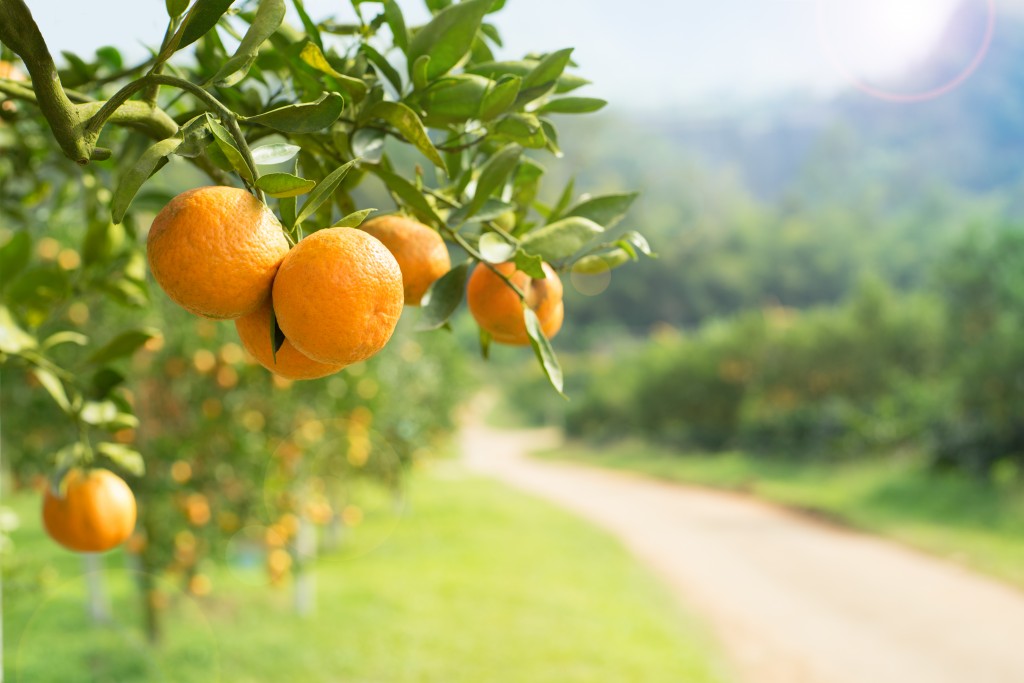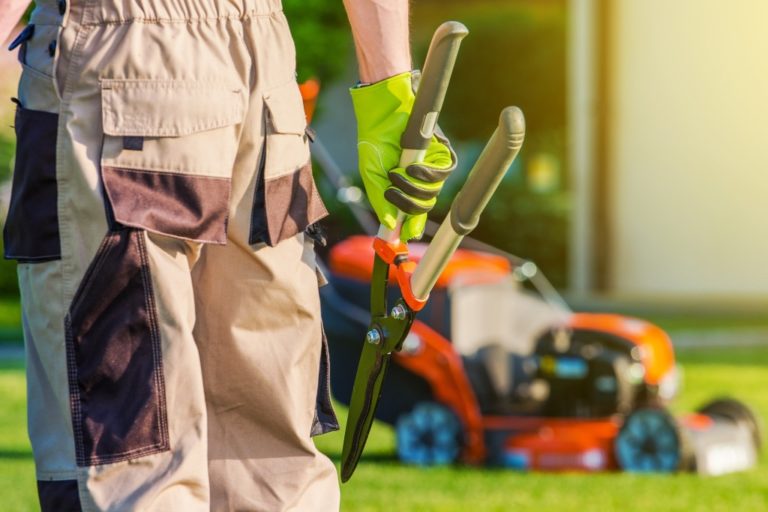With the grind of city life and the pressure with it, many Americans dream of retiring on a farm. Some aren’t even waiting for retirement age– younger people are leaving their desk jobs to take up life on the farm. More and more families a flocking to “pick your own” farms. It is where families take the fruit off the tree and get a very sterilized version of farm life—loaded up in wagons and picked up by tractor, let loose on conveniently-low trees, and then off to souvenir shops for jams, pies, and assorted merchandise.
For those who’d like to try their hand at putting up their own orchard in the backyard, know that doing so will require a little money, more effort, and a lot of time. But it does have its rewards, not just in the satisfaction of seeing the literal fruits of your labor, but also in your home’s value. Here is some practical advice to get the amateur farmer started:
Your Home Orchard Won’t Make You Money
Let’s get this out of the way– orchards as an investment will require a specific size and length of time to be worth it. Depending on the kind of fruiting tree you plant, you can expect to wait two to seven years until your first crop.
You’re looking at about $10 to $20 per tree, with a yearly maintenance cost of around $10 per tree on pesticides and fertilizer. Taking the prices of fruit into account, you start turning a decent profit if you have 50 to a hundred acres– which puts most back yards out of the running.
Instead, consider a fruit tree an investment in a real estate sense. Good tree cover can increase property values by 7% in residential areas and 18% in building lots. Fruit trees specifically won’t necessarily affect this number, although it could increase your chances of getting a homebuyer if they like the idea of picking fruit off the branch.
Let’s Talk Space

Now let’s get to planning your orchard. You can get an idea of what will grow best in your area by consulting local experts. If you don’t have a professional farmer as a friend, look up your local USDA service center. They have resources that will prove useful, from fruit types to care to advisories about pests and weather conditions that may affect yield.
Make it a point to ask about:
- Soil conditions like acidity, drainage, and compaction will affect not just your crop, but the chances the tree will grow in the first place. If you have an area that is suitable for your orchard, clear it of other trees and plants that can hinder growth. If you don’t have a friend with a tractor, bulldozer rentals should be available in your area. Take soil samples—you can test these to find out how you need to make the soil ideal for growth.
- Frost and standing water. Areas that collect water during and after floods are not ideal for tree growth, as are frost pockets—usually at the bottom of a slope, where cold air accumulates. These damage fruit buds. You can tell where these are generally by how long it takes snow to melt after the rest of the area has thawed. Don’t plant in these areas.
- Growing space. We don’t see it, but trees are forever locked in a fight to the death. They compete for sunlight and nutrients, growing their canopies and root systems to crowd each other out. Make your trees more productive by spacing them out, 12 feet apart for MM106 trees (trees that grow to about 14 feet in height) and ten feet for M26 trees (ten feet tall at full growth).
The care and maintenance of fruit trees is a topic where you can find a lot of advice about online. But with the right knowledge, the liberal application of elbow grease, and some TLC, you’ll have an orchard in a few years that can be a legacy for generations to come and increases your home’s value. Plus, it beats standing in line in one of those pick-your-own farms out in the country.




